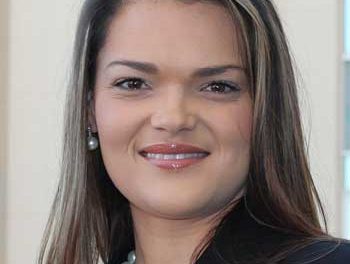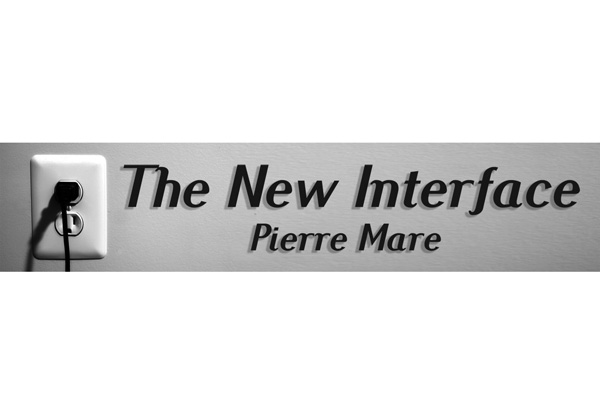
Offbeat 30 October 2015
 Neil Gaiman’s Sandman story ‘Soft Places’ gave me an idea, years ago, that has stuck with me ever since. It talks about soft places as places where the wall between realities breaks down, become thin.
Neil Gaiman’s Sandman story ‘Soft Places’ gave me an idea, years ago, that has stuck with me ever since. It talks about soft places as places where the wall between realities breaks down, become thin.
In the realms of quantum theory and science fiction, his concept of soft places is often treated as a wormhole, a flaw in time and space that leads to a different place in the universe, a different universe entirely, or a different time.
Gaiman’s idea of a soft place translated and evolved in my head into the idea of a thinning of the separation between the between the realm of the living, and the realm of the dead. I have the notion that the dead are among us still, if not in some spirit form, then at least the living and the dead are separated by time. They have not really gone away. Perhaps this also dovetails with the idea of time being circular, or God or a supreme being (and presumably Heaven) in a different continuum.
Every year it comes back to me at about this time, the idea of the soft place between the living and the dead. It’s Halloween again, All Saints and All Souls, and a time to remember the dead. I have a list of people and animals in my head. I can’t say I expect ghosts or concrete evidence of spirit visitations, but I can lessen the distance of time and preserve them in my memory by remembering them.
As far as I understand it, one of the early pagan roots of Halloween was to remove the fear of death and the realm of spirits and the occult from children, in times when death was a common feature of life, not sanitised by clinical treatment and placed at a remote from families. That’s the reason children were encouraged to encounter their fears by mimicking the things that they feared most and being rewarded by treats.
Christian adoption of the days, in the form of Hallowtide, seems sensible, a continuation of the psychological process of remembering and honouring souls the dead. I’m not sure how atheism incorporates it or envisages incorporating it, but it seems a bit pointless as a thing devoid of the spiritual.
Consumerism has turned it into a farce, a fancy-dress opportunity, without much semblance of the scary bits. I imagine Donald Trump outfits will be a big hit this year. Other than the masks and wigs that Amazon is selling, it is the usual humdrum mix of movie characters, novelty his and hers peanut butter and jam outfits and even Minions. The costumes are bland exercises in selling, that wouldn’t get any interest at the dullest of comic conventions. Old favourites such as witches, ghosts, zombies, skeletons and devils are thin on the ground in Amazon’s costume pages. Even alien ‘schwas’ are mysteriously not visible. My best guess is that humanity is losing superstitious fears. That’s a bit of a shame, because those fears stand alongside and support a belief in something more.
In the realm of pure reason, there is plenty to fear. Assembling a climate change costume might be a bit difficult, and I don’t have the imagination at this hour to conceive one. ISIS is a valid fear, but wearing a rig like that would probably be suicidal given the response to children who bring science-project clocks to school. An oil barrel might be frightening to economists though.
The problem with sanitising understanding of death and the unknown removes an important element of life. By refusing to acknowledge and encounter that fear human beings are left with little more than the idea that they are nothing more than a link in a chain of genetic transference and, ultimately, not much more than a thing that is bred to a terrible economy that sees the primary goals of life as consume, procreate and die.
It also robs us of the instinct to rationalise unresolved fears, that science, in its own douer and sterile way, cannot explain to us, or cure without medication.
If there is something to fear, it is not the unknown or the superstitious. It is the combination of a narrow obsession with reason and its evil twin, unreasoned consumption.











































